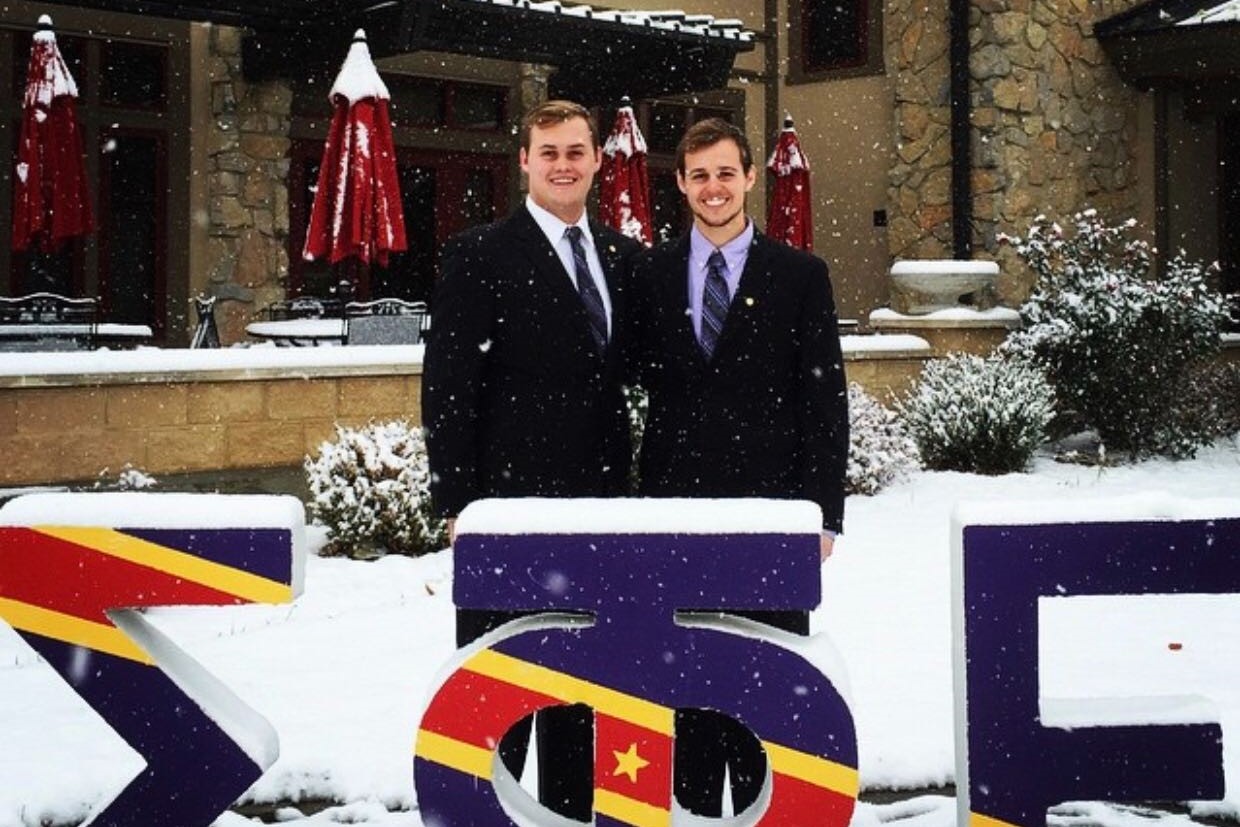Accurate characterization of the seafloor is crucial in tasks such as scene understanding, environmental health monitoring and oceanic target detection. While traditional approaches for seafloor segmentation and texture classification rely on hand-crafted features, they often fail to capture information across multiple scales. Additionally, textures defining the seafloor often change according to gradients, making aquisition of precise training and evaluation labels difficult. Our current efforts are two-fold: 1.) develop methods which capture seafloor texture information across multiple scales and 2.) utilize imprecise label information to inform feature learning for seafloor segmentation and texture classification. We aim to develop machine learning methods which can classify seafloor textures across multiple resolutions, while also capturing the level of prediction confidence over regions where textures merge.
You May Also Enjoy
Learnable Adaptive Cosine Estimator (LACE) for Image Classification
less than 1 minute read
Publication summary and links for Learnable Adaptive Cosine Estimator (LACE) for Image Classification
Divergence Regulated Encoder Network for Joint Dimensionality Reduction and Classification
1 minute read
Publication summary and links for Divergence Regulated Encoder Network for Joint Dimensionality Reduction and Classification.
Multi-Target Multiple Instance Learning for Hyperspectral Target Detection
1 minute read
Publication summary and links for Multi-Target Multiple Instance Learning for Hyperspectral Target Detection
Vice President of Scholarship
1 minute read
Colton and Connor McCurley at the Sigma Phi Epsilon Fraternity house at Missouri University of Science and Technology, Rolla, MO.

